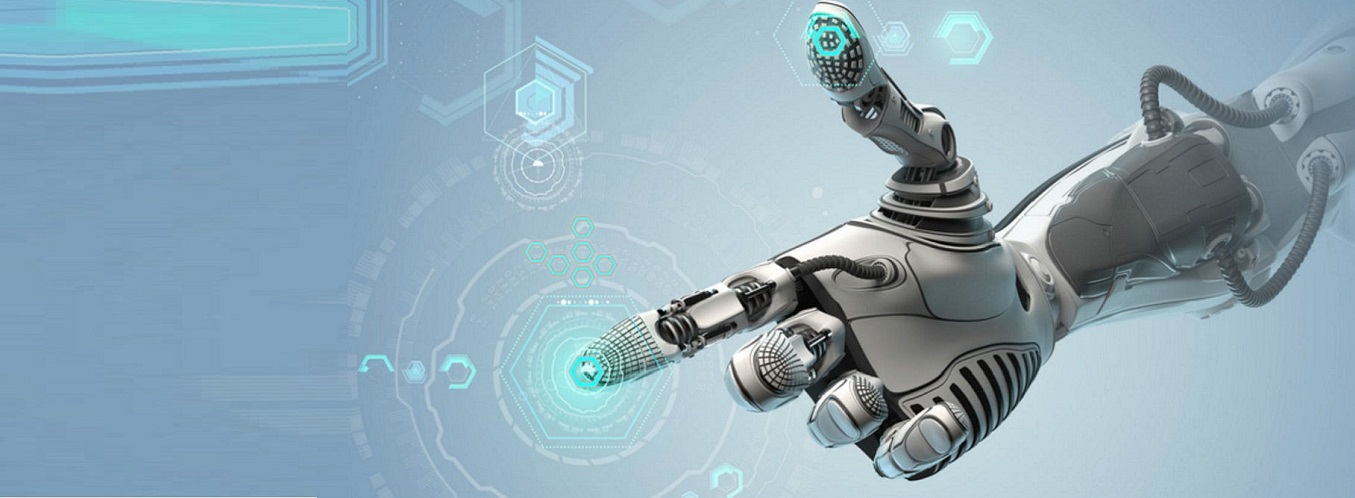Every enterprise has a large team to manage IT operations. A big part of the team is engaged in activities which are mundane, repetitive and voluminous. To speed up the resolution, improve efficiency and deliver world class service experience, we automate IT operations and service desk activities. Given below is a sample list of activities which can be automated
IT Service Management Support
- Managing the raising of incidents, creation of tickets, and end to end resolution of common issues, or escalation to an appropriate human resolver
- New account creation, change of details, updating of records in CRM systems
- Presenting an online service desk catalogue, using either the Web Portal or existing web application, common service interventions can be fully managed and executed online
- Validating identity, unlocking accounts, resetting password credentials across enterprise and bespoke applications of all types
- New account creation, starters and leavers processes across multiple systems and applications
- Recording change requirements, following approval workflows,
executing changes across systems
IT Operations
- Running diagnostics across multiple technology tiers (including network, server, database, apps and data storage) and aggregating the results
- Executing standard remediation actions
- Triggering and executing integrated server, storage and network provisioning actions across technology tiers, often the domain of differing support teams
- Regular sysadmin tasks across architecture and application tiers, both scheduled tasks and reactive intervention using existing management tools or direct system access
- Management of local and wide-area network devices, load balancer, firewall and other network technologies using defined operating processes and workflow
- Validation and checking, change or
remediation actions such as managing DB resource, extending tablespaces, or clearing blocking locks typically done by DBA resources, delivered by automated workers.
- Checking backup jobs, validating conditions, running diagnostics, restarting jobs or alerting support staff
- Managing file recovery on request using standard backup/recovery tools
- Managing patching process, checking patch levels, scheduling, triggering, executing using native commands or patching tools and scripts, validating patching outcome
- Managing brokering interfaces to external providers for services such as cloud, network bandwidth etc. and providing a web-based service catalogue of automated actions
- Application, software and hardware testing through simulated user activity as part of development cycle
Testing
- Simulating user testing by replicating human users navigating and interacting with applications and systems, measuring and reporting performance metrics
- Using robot workers as simulated users to stress and load test by replicating exactly user interactions
- Deploying robot resources as simulated users to measure and react to performance, latency and usability thresholds
- Automating regular manual system and application tests such as “ready for trading” checks in financial services organizations
- Using virtual worker resources to simulate end to end user
transactions for monitoring and/or reporting purposes
